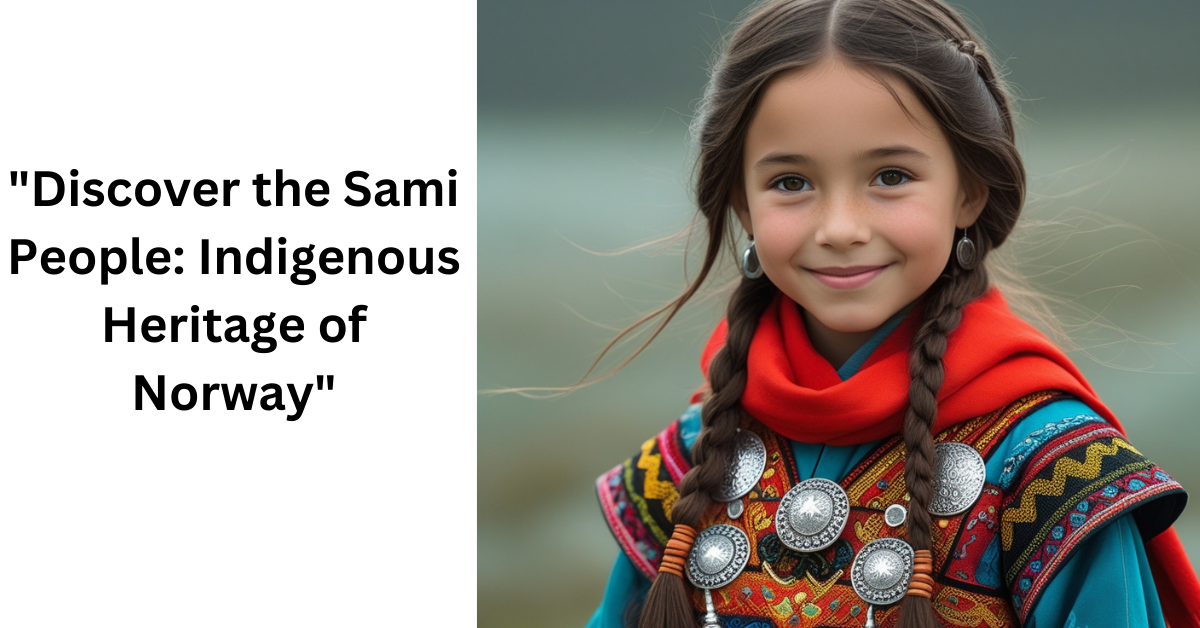The Sami People: A Legacy of Northern Scandinavia
As descendants of nomadic peoples who have inhabited northern Scandinavia for thousands of years, the Sami live across four countries: Norway, Sweden, Finland, and Russia. Approximately 80,000 Sami reside within these territories, with half the population concentrated in Norway.
Let’s delve deeper into the lives of the Sami people and explore their rich culture and heritage.
History of the Sami People
Living in harmony with nature, the Sami people have occupied Northern Norway for millennia. Following the Ice Age, as glaciers retreated, the ancestors of the Sami moved northward, adapting to the region’s harsh environment.
Traditionally, the Sami relied on reindeer herding, deer hunting, fishing, and farming. They skillfully utilized the fjords, seas, and rivers of Norway to sustain themselves. The harsh, icy conditions of their homeland provided natural protection against invasions.
Sami families followed migrating reindeer, traveling from coastal regions in summer to inland plains during winter. By the Middle Ages, they were required to pay taxes to multiple states as their herds crossed various borders. To address these challenges, some Sami began training reindeer to stay within smaller areas, while others turned to fishing and farming. Today, around 10,000 Sami still practice reindeer herding.
Throughout history, the Sami have faced religious conversion efforts by Christian settlers, including demands that their children attend state schools. While mountain Sami often resisted, many coastal Sami living closer to European communities converted to Christianity.
More recently, challenges such as mining, overfishing, land loss, and development projects like the Alta River dam have threatened Sami traditions. While some Sami continue to embrace their traditional culture, many have integrated into modern society.
How Are the Sami Different From Norwegians?
The Sami are an indigenous people distinct from Norwegians, residing primarily in Northern Norway. In the 21st century, many Sami live in towns and work in sectors like travel, service, and public administration. Others maintain traditional lifestyles in Sami settlements.
Although the Sami are linguistically and genetically related to the Finns, they also possess unique cultural and genetic distinctions. Their languages and deep connection to nature further set them apart from other Norwegians.
Are the Sami Related to the Vikings?
No, the Sami are not related to the Vikings. The two groups are ethnically and linguistically distinct. While Vikings spoke Old Norse, a Northern Germanic language, the Sami speak Finno-Ugric languages, a linguistic family unrelated to Norse traditions.
Languages of the Sami
The Sami speak multiple languages, with Northern Sami being the most widely used, boasting approximately 26,000 speakers. Sami languages belong to the Finno-Ugric branch of Uralic languages, which also includes Finnish, Estonian, and Hungarian.
Physical Characteristics of the Sami
The Sami typically have light-colored eyes, with 80–85% having blue or light shades. Many also have blond hair, making their appearance similar to other Northern Europeans.
Sami Culture
The Sami culture is deeply rooted in nature, with music, art, and storytelling playing pivotal roles. Joik, the traditional Sami folk music, is one of Europe’s oldest song traditions. It is often dedicated to people, animals, or places.
Reindeer are central to Sami life, providing food, clothing, and cultural significance. A popular Sami dish is bidos, a hearty stew made with reindeer meat, potatoes, and carrots.
The Sami Parliament
In response to threats like the Alta River dam in the 1970s and 80s, the Sami established their own parliament to protect their culture and land. Located in Karasjok, the Sami Parliament is democratically elected and ensures the community’s autonomy while influencing policy decisions. It collaborates with national and international organizations to safeguard Sami interests and maintain the Sami-Norwegian relationship.
Interesting Facts About the Sami
- The Sami are recognized as an indigenous people by the United Nations and are entitled to specific rights and protections under international law.
- Traditional Sami tents, called lavvos, are similar to teepees. Visitors can stay in them at Sami camps.
- The Sami Parliament building is shaped like a lavvo.
- Norway hosts annual Sami festivals, including Sami Music Week in Alta and Sami Week in Tromsø.
- In 2019, the Norwegian-Sami group KEiiNO represented Norway in the Eurovision Song Contest, placing sixth.
- A Sami composer contributed to the opening song of Disney’s Frozen.
The Sami people represent a resilient and vibrant culture that continues to thrive while adapting to modernity.
